Formation of Hearts And Arrows Diamonds Patterning – A Technical Study

Anatomy of a diamond
If you ask any diamond cutter what are the most challenging tasks in their work, they will most likely tell you it is the creation of a hearts and arrows diamond from a rough stone. That’s because the essence of such diamonds lies their precise optical symmetry and superior brilliance.
Any tiny deviation in a facet’s proportions might set off a chain reaction that would ruin the diamond’s hearts and arrows patterning. Now, you might think there is a secret recipe for polishing hearts and arrows diamond that is stashed away in some high tech cutting factories.
However, the truth is that the details of the entire cutting process can be found in the public domain. For example, information like facet proportions, the exact number of facets and the order in which they should be cut are readily available on the Internet.
While I am no diamond cutter, I’m a geek when it comes to anything related to diamonds. Naturally, information like these piqued my interest and I thought it would be great to share some of the knowledge I had learned here.
Creating the Hearts Pattern – A Step By Step Faceting Process

Firstly, let us talk about the formation of the hearts patterning in the pavilion. As light enters the diamond, the manner in which it is refracted and reflected is determined by facet proportions and angles. Each heart is created due to the interplay of light by several facets and this kaleidoscopic pattern is actually an optical illusion.
That’s right! There are no physical parts on a polished diamond that has the shape of a heart. Instead, the lobes you see in the hearts pattern are actually created by two lower girdle facets. The tip of each heart is formed by the meeting junction of the lower girdle facets and pavilion main facet.
Whenever a pavilion main facet is polished, it also casts its reflection onto the opposite side of the lower girdle facets. This creates the “gap” which segregates the heart and V-shape looking tip.
If you do a little math, you will find that a total of 5 facets is required to create half a heart. Hence, you require an additional 5 facets to form a heart. When two additional star facets are polished on the crown area, the internal reflections cause the pointed heart shoulders to be squared off.
This gives the heart image a completed look. All in all, the creation of one heart requires a total of twelve polished facets.
Creating the Arrows Pattern – Top View of the Diamond

Now that I had explained the creation of hearts, let’s take a look at how the arrows on the crown are brought to life. Wouldn’t it be a neat idea for us to catch those hearts with “arrows” symbolizing the arrows that a cupid uses?
The technicality of the arrow creation is very similar to the process of creating the hearts. Opposing arrows are intertwined and directly related to each other. A pair of pavilion lower half facets makes up the shaft of the arrow. The pointed tip of the arrow is caused by a reflection of the opposing shaft.
And when we do the math, the light reflection from twelve facets come together in order to create the entire shape of an arrow. This time, the combination consists of six pavilion facets, a table facet, a bezel facet and four star facets.
As you can see, each facet’s individual relationship to another plays an important role in the diamond’s overall look. If one facet is slightly out of alignment, it will set off a domino effect and the entire appearance of 8 hearts and 8 arrows will be distorted.
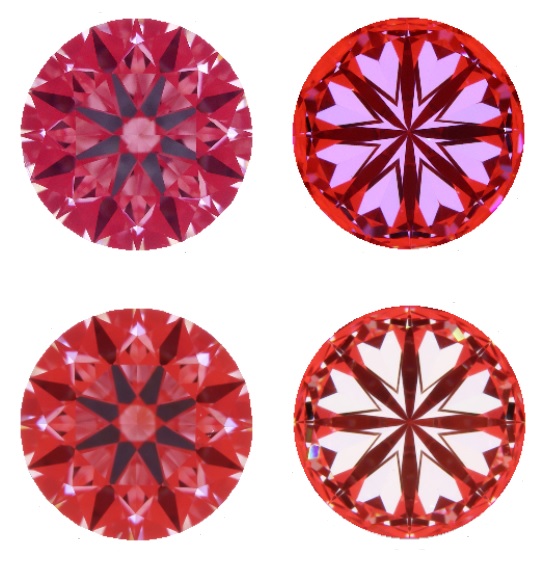
Comparison of near hearts and arrows (top) vs perfect hearts and arrows diamond (bottom).

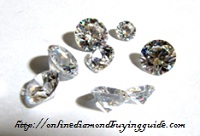
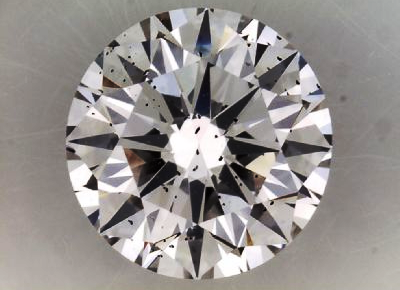
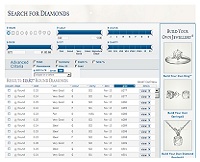
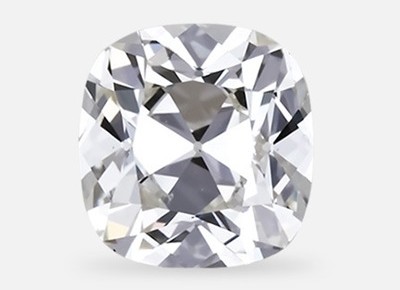









Leave A Comment